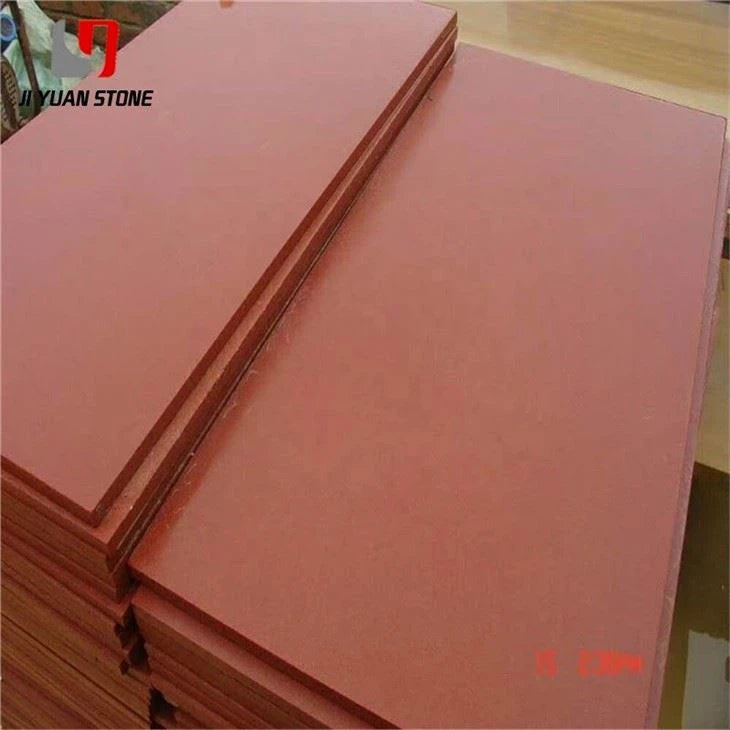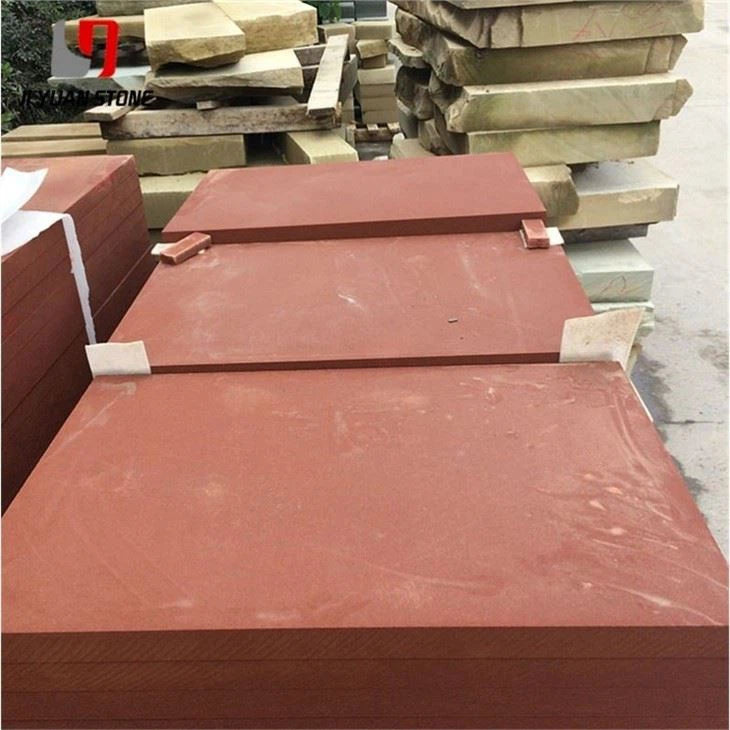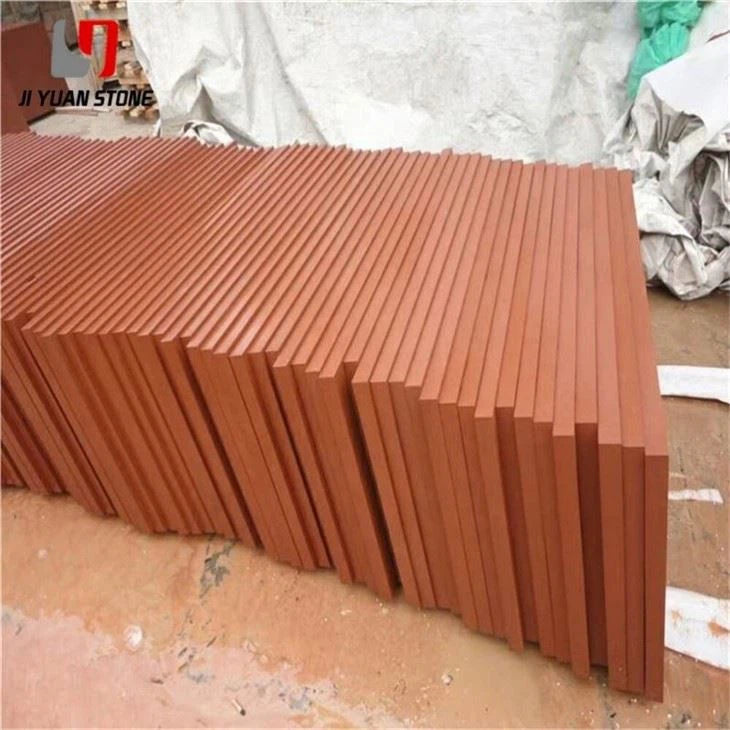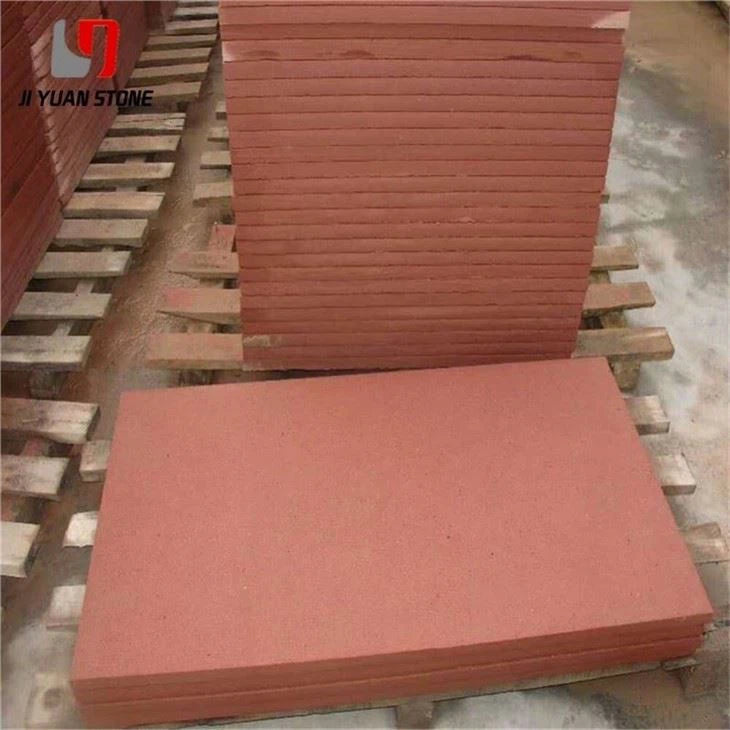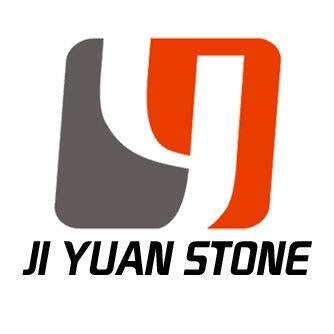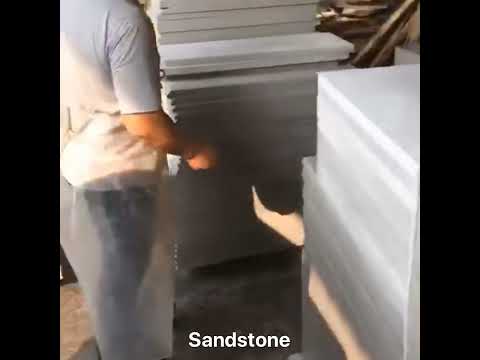1
/
of
12
Red Sandstone Flooring
Red Sandstone Flooring
Create a stunning, durable, and versatile space with our Red Sandstone Flooring. Made with high-quality, natural red sandstone, our flooring offers a unique and elegant touch to any room. Its sturdy composition and timeless appeal make it a practical and long-lasting investment for your home or business.
| Feature | Details |
|---|---|
| Material | Natural Sandstone |
| Surface Finished | Honed, Flamed, Bush-hammered, Nature, Mushroom, Swan etc |
| Finished Products | Floor tiles, Wall cladding, Countertops, Windowsills, Special-shaped tiles, Small slabs, Swimming pool, Steps, Wall panel, Flooring, Veneers, Slabs, Coping tiles, etc |
| Color | Yellow, Black, White, Red,Purple Wood, green,Grey,Rainbow etc |
| Finished | Honed, Split, Sandblasted, Sawn, Antiqued, Pineapple, etc. |
| Quality details |
|
| Usage | For internal & external decoration and construction, Walling or flooring tile. |
| Edgeing | Full Bullnose, Half bullnose, Flat eased (eased edge), Bevel top, Radius Top, Laminated Countertop, Ogee Edge, DuPont, Edge, Beveled or others. |
| Size | Standard (But if you have special requirements, you can consult our CSA.) |
| Surface Finish | Polished, Flamed,Honed, Bush Hammered-sandblast, Chisselled. |
| Package | Fumigation wooden crates;Slab:fumigation wooden bundles |
| Payment | T/T 30% Deposite |
Biological Red Sandstone Flooring Limestone
1. Structural Components
1.1 Particles
- Biochips:
- Primarily composed of shell fragments.
- The original shell structure is destroyed due to strong dissolution and refilling.
- Mostly bivalve shells; other biochips are rare.
- Sand Debris:
- Appears black under the microscope, round in shape, and poorly sorted.
- Some grains reach up to 1.3mm in size.
- Does not change color after being dyed by the mixed solution, indicating its mineral composition is dolomite and terrigenous mud.
1.2 Substrate
- Composed of powdered calcite.
- Uniform particle size of approximately 0.01mm.
2. Rock Structure
- The original sediments were supported by stucco.
- Unevenly distributed with stucco-filled gaps.
- No seabed cement present.
3. Naming
- Based on Dunham’s classification scheme, the original rock is classified as:
Bioclastic Sand-Red Sandstone Flooring.
4. Diagenesis and Pore Evolution
4.1 Diagenesis
- Micrite Formation:
- Micrite jackets formed on the surface of shells.
- Dissolution:
- The rock underwent strong dissolution.
- The stucco matrix was corroded, forming irregular residues.
- Distinct dissolution traces are evident.
- Dolomite sand debris remains undissolved.
- Re-cementation:
- Two-stage fillers observed in the dissolved pores:
- Early Stage: Granular, iron-free calcite, mainly found along pore walls and partially filling dissolved pores.
- Late Stage: Iron-containing calcite, turning purple-red when dyed with the mixed solution.
- Mostly large, continuous crystal calcite with clear cleavage.
- The two-stage calcite likely serves as cement in the primary intergranular pores.
- Due to dissolution followed by re-cementation, the original rock structure is released, giving it the appearance of granular rock.
Share


